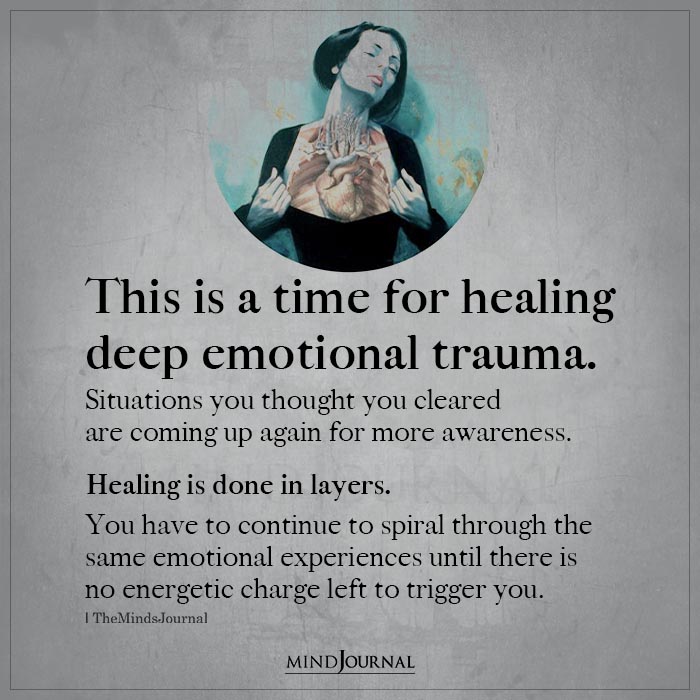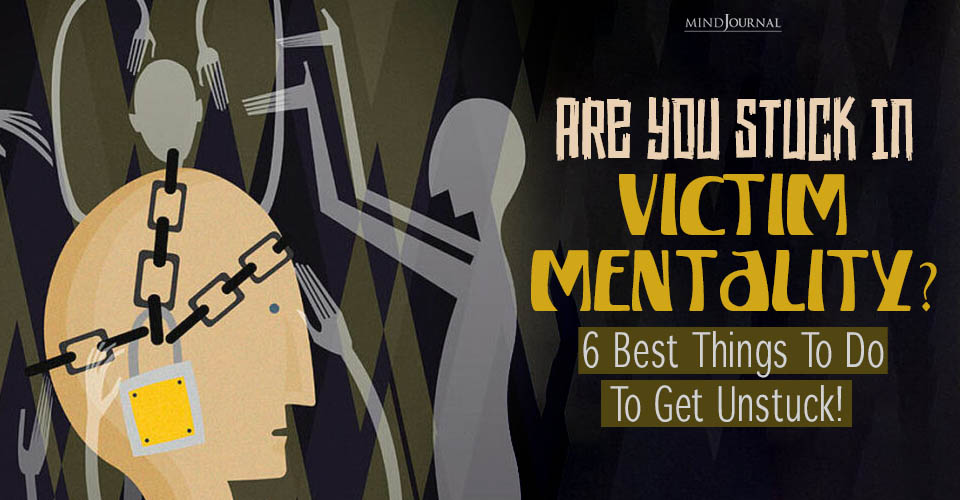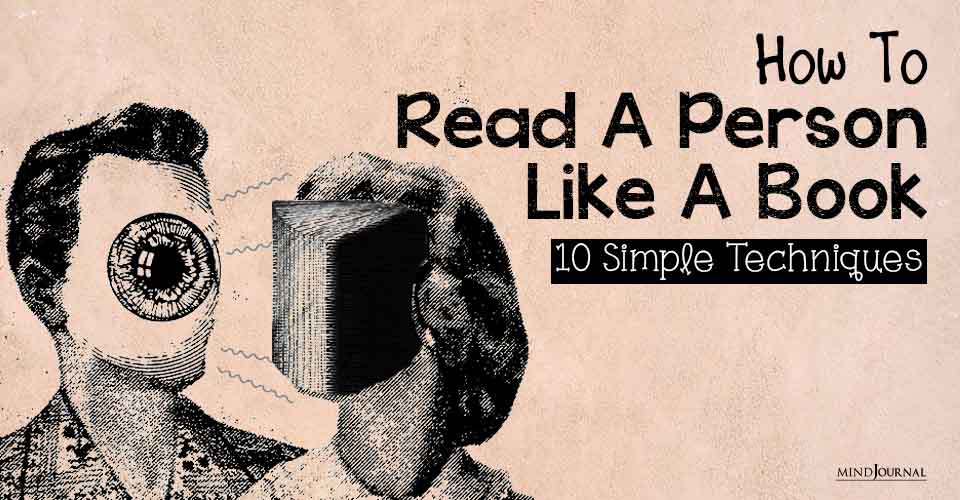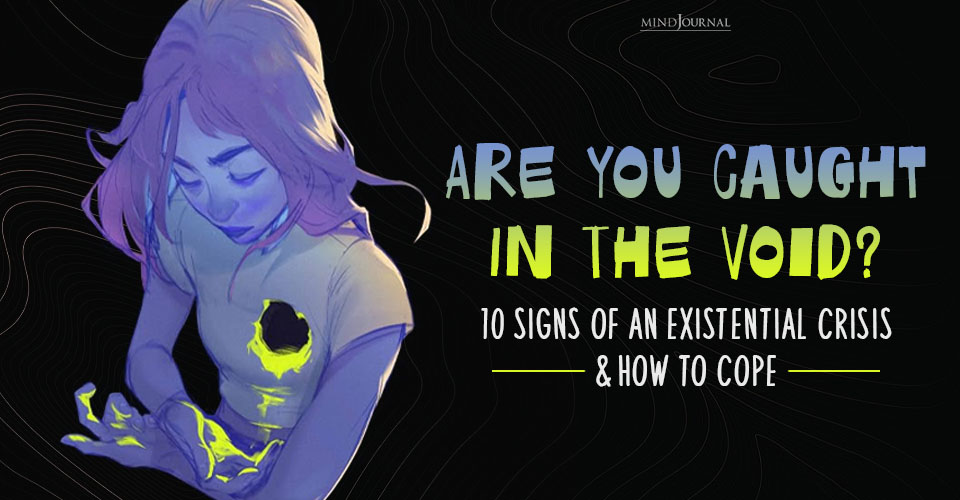In distressing situations, our bodies and minds activate the fight-or-flight response. But there’s a lesser-known survival strategy: the fawn response to trauma.
What Is The Fawn Response To Trauma?
It involves appeasing or placating attackers, offering a unique perspective on how we navigate threatening circumstances. It is closely tied to trauma and can have profound effects on our behavior and relationships.
In this article, we will discuss what is the fawning response, its characteristics, its relationship to the fight-flight-freeze response, and strategies for healing.
Read more here: Warning Signs Of Unresolved Trauma: Recognizing The Invisible Scars
The Four Fs: Fight Flight Fawn Freeze
When our brains perceive a threat, our sympathetic nervous system takes over, and we may experience any combination of the four F responses: fight flight fawn freeze.
Understanding the four Fs is crucial to comprehending the fawn response to trauma and its implications.
- Fight
The fight response, one of the four F responses to threat, involves reacting with aggression to defend oneself or others.
When faced with a perceived danger or attack, individuals exhibiting the fight response may exhibit confrontational behavior, engaging in physical or verbal aggression as a means of protecting themselves or those they care about.
This instinctual reaction is a primal defense mechanism aimed at asserting control and warding off potential harm.
While the fight response can be adaptive in certain situations, it is essential to consider the context and potential consequences before resorting to aggression as a means of self-preservation.
- Flight
The flight response is an instinctual desire to escape or avoid distressing situations, either physically or symbolically. It involves seeking safety by removing oneself from the source of threat or discomfort.
Whether through physical withdrawal or finding distractions, the flight response serves as a self-protective mechanism. However, it is important to address underlying issues and develop healthier coping strategies for long-term well-being.
- Fawn
The fawn response, referred to as the fawning trauma response, emerges as a defensive mechanism when individuals attempt to safeguard themselves from harm by appeasing or placating their attacker.
This response is characterized by engaging in people-pleasing behaviors, being excessively agreeable, and prioritizing the needs of others above their own well-being.
Individuals exhibiting the fawn response may constantly seek approval, struggle with setting boundaries, and have difficulty asserting their own needs.
- Freeze
When individuals are faced with an overwhelming threat, the freeze response is triggered as a natural defense mechanism.
During the freeze response, people may experience dissociation, a state of disconnection from their surroundings or themselves.
They may also feel spaced out or mentally detached. This response can manifest as feeling disconnected from one’s body, having difficulty focusing or engaging with the present moment, or experiencing a sense of numbness.
The freeze response is an instinctual reaction that aims to minimize the perception of danger by immobilizing the body and mind.

Read more here: 8 Types Of Childhood Trauma And How To Defeat And Heal From Them
What Is Fawning Behavior?
Coined by psychotherapist Pete Walker, fawning behavior or the fawning response to trauma is observed in individuals who have experienced complex trauma, particularly in childhood. It often manifests as a defense mechanism against emotional or physical abuse.
People who exhibit fawning behavior may display characteristics such as people-pleasing, excessive reliance on others, difficulty setting boundaries, and struggling with decision-making without external validation.
Now that we know what is fawning behavior, let’s find the origin of fawning.
The Origins Of Fawning:
Fawning behavior serves two primary purposes
1. Protection
The fawn response to trauma helps individuals safeguard themselves or others from physical or emotional harm during traumatic events. By appeasing the perpetrator, they increase their chances of avoiding harm.
2. Emotional Connection
Fawning behavior can also aim to establish or enhance emotional connections with the perpetrator. In cases where caregivers are abusive, the fawning trauma response may be an attempt to secure attachment or mitigate the severity of the abuse.

The Pitfalls Of Fawning:
While fawning may be adaptive in the context of trauma, it can have detrimental effects when it becomes an automatic response to everyday stressors.
Continually prioritizing the needs of others and neglecting one’s own well-being can lead to difficulties in establishing personal boundaries and forming a coherent identity.
Fawning behavior may also contribute to feeling unsafe in relationships and perpetuate a cycle of unhealthy interactions.
Read more here: 6 Stages Of Healing For Survivors Of Childhood Family Trauma
How Can You Heal The Fawning Trauma Response?
If you find yourself frequently engaging in fawning behavior, especially as a response to everyday stressors, it may indicate a need for healing. Here are some strategies that can help address the fawning response and promote healing.

1. Seek Professional Support
Seek guidance from a trauma-informed professional who can provide appropriate support and therapies such as eye movement desensitization and reprocessing (EMDR), exposure therapy, and trauma-focused cognitive-behavioral therapy (CBT).
These evidence-based therapies can effectively address trauma-related symptoms and help in healing the fawning response to trauma.
2. Establish Healthy Boundaries
Working with a therapist or independently, focus on setting healthy boundaries and learning to prioritize your own needs. Recognize that saying no is not selfish but an essential aspect of self-care.
3. Practice Self-Compassion
Cultivate self-compassion by acknowledging the impact of past trauma on your behavior and emotions. Treat yourself with kindness and understanding as you navigate the healing journey.
Understanding the fawn response to trauma, also known as fawning behavior, is crucial for individuals who have experienced complex trauma.
Recognizing the fawning response and seeking healing is essential for establishing healthy boundaries, reclaiming autonomy, and fostering self-care.
With the support of trauma-informed professionals and evidence-based therapies, individuals can embark on a journey of healing, finding resilience, and moving towards a more empowered and authentic way of being.
Remember, the fawning trauma response is a survival mechanism, but it is possible to heal and live a life free from the shackles of past trauma.
1. What is the fawn response?
The fawn response is a survival strategy observed in individuals facing threatening or abusive situations. It involves attempting to appease or placate the attacker to protect oneself from harm. This response is characterized by people-pleasing, excessive agreeableness, and prioritizing the needs of others over one’s own.
2. What is fawning behavior?
Fawning behavior, also known as the fawn response, refers to a pattern of appeasement and people-pleasing exhibited by individuals in response to perceived threats or trauma. It involves prioritizing the needs and desires of others, being excessively agreeable, and seeking external validation to maintain a sense of safety and avoid conflict or harm.
3. What is fawning?
Fawning refers to the act of trying to please or appease others as a response to perceived threats or trauma. It involves prioritizing the needs and desires of others over one’s own, being excessively agreeable, and seeking validation or approval from others to maintain a sense of safety.










Leave a Reply